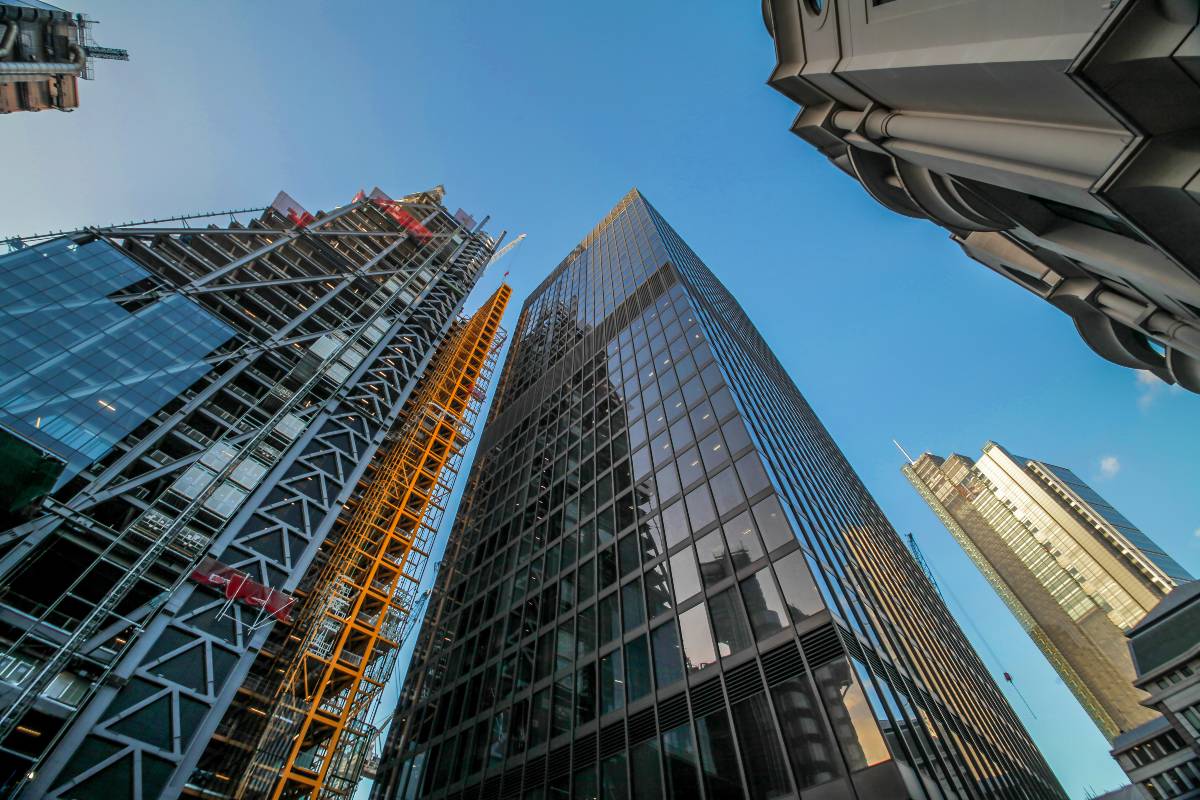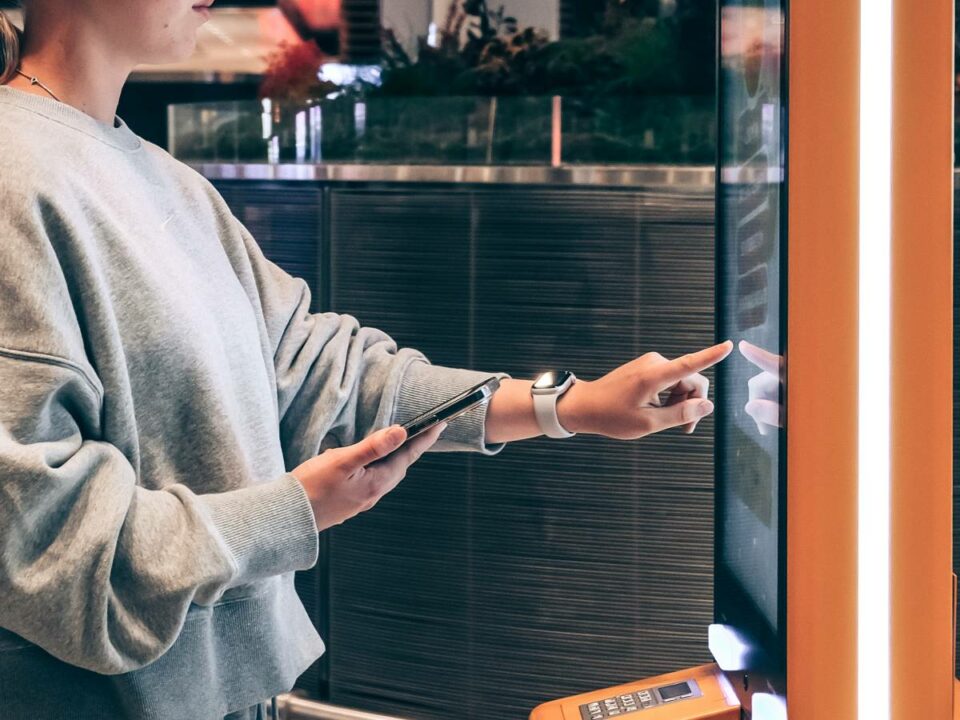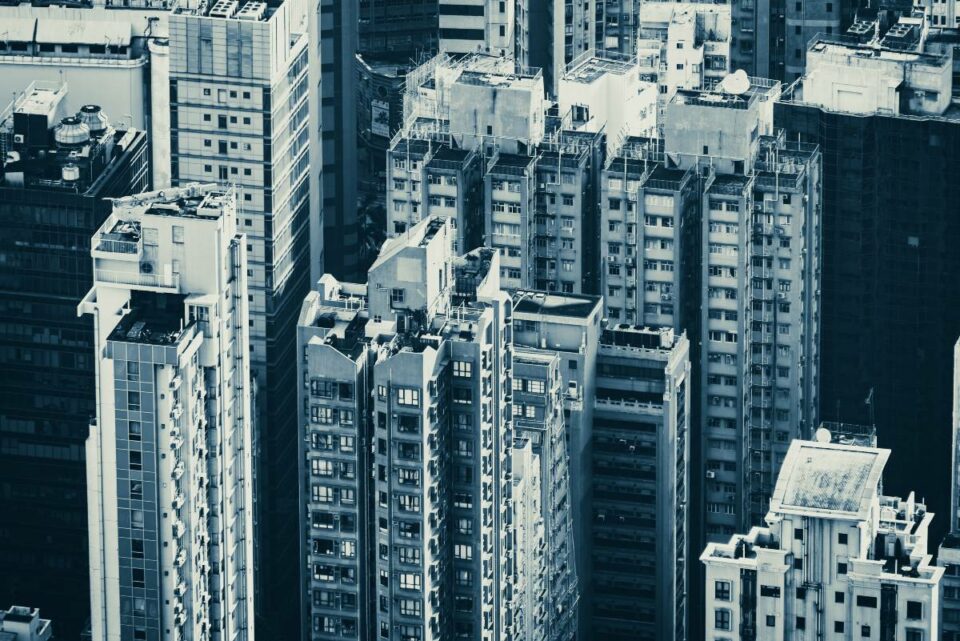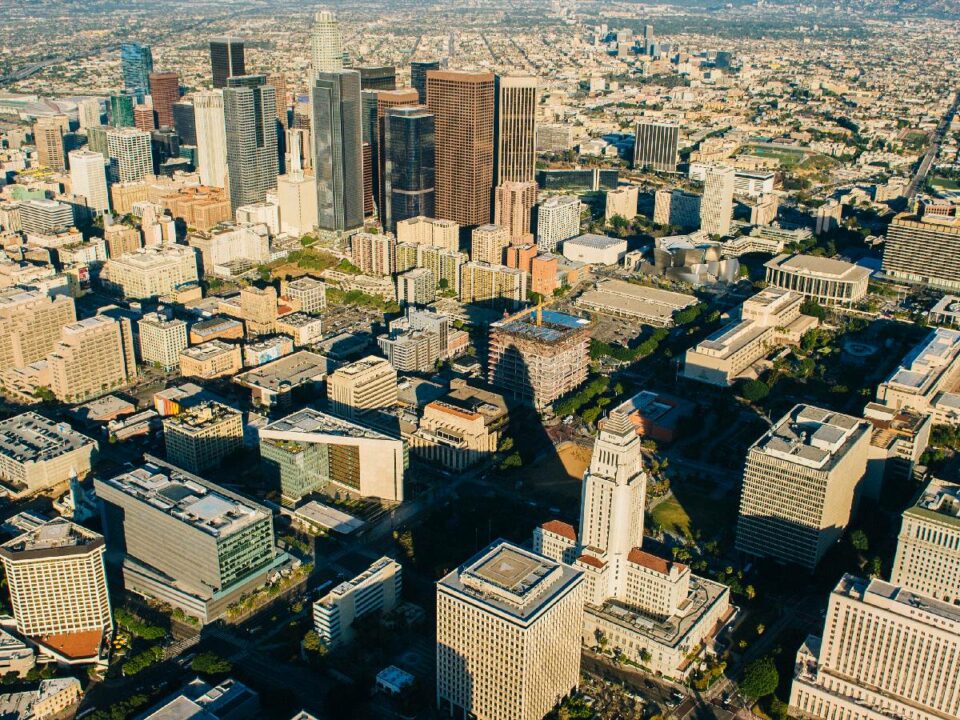As an experienced commercial real estate professional catering to the needs of business owners and landlords for over 18 years, I’ve come to recognize green roofs as an emerging necessity rather than just a burgeoning trend for commercial properties.
Through this article, I aim to provide a comprehensive look at the numerous advantages of green roofs in commercial properties and how intelligently designed green roof systems uniquely benefit commercial building owners. I’ll examine key factors to evaluate if you’re considering installing a green roof on your commercial property.
Key Takeaways
- Installing a green roof provides commercial buildings significant benefits like improved stormwater management, enhanced energy efficiency, and lowered urban heat island effect
- The most common types of green roofs are intensive, extensive, and semi-intensive, each with different soil depths and maintenance requirements
- Key factors for installing a successful commercial green roof include choosing the right vegetation, drainage, and waterproof membrane to withstand the climate and rooftop conditions
What Are The Different Types of Green Roofs?
While the concept is rather straightforward, it’s vital to understand green roofs encompass different classifications depending on soil depths and the consequent needs for irrigation and maintenance. The three main classifications are:
Intensive Green Roofs
- Deepest soil layer ranging from 6 inches to 4 feet
- Can support larger plants like shrubs and trees
- Require substantial irrigation and maintenance
Extensive Green Roofs
- Shallow 2-6 inch soil bed
- Host smaller plant varieties like sedums, herbs, and grasses
- Need minimal irrigation and upkeep once established
Semi-Intensive Green Roofs
- Intermediate soil layer of 4-8 inches
- Accommodate a wider range of plant species
- Require moderate amounts of water and maintenance
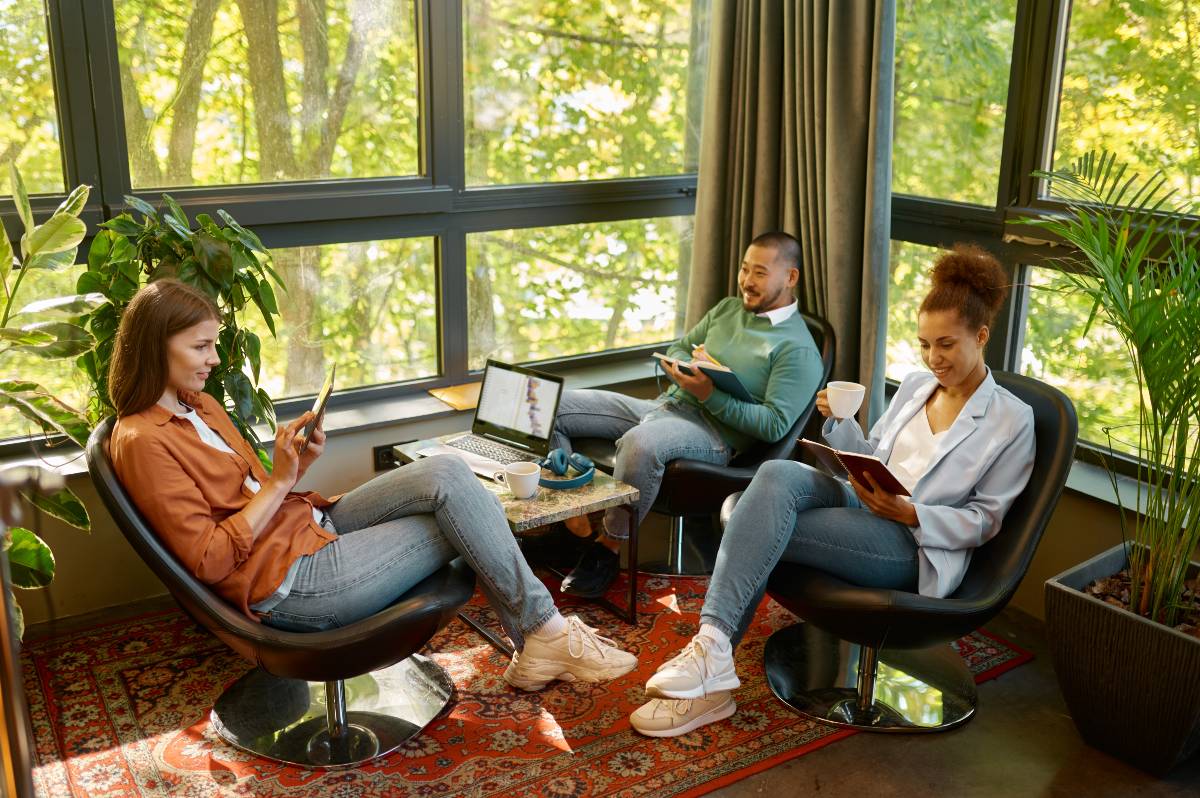
What Are The Benefits of Commercial Green Roofs?
Now that you know about the different types available, let’s examine why commercial property owners should consider installing green roofs and what outcomes you can expect.
Improved Stormwater Management
Green roofs mitigate runoff through rainwater absorption and controlled release into municipal drainage systems. This alleviates local flooding and erosion risks. EPA studies report they can potentially retain 60-100% of precipitation depending on regional climate patterns.
Energy Efficiency and Building Temperature Regulation
The vegetation layers act as natural insulation, combating heat absorption and temperature fluctuations. This enhances indoor comfort levels alongside HVAC performance and lifetime. Expected summer cooling cost savings range from 10-30%.
Combat Urban Heat Island Effects
Green roof surfaces can be up to 80 ̊F cooler than traditional rooftops. Increased evapotranspiration lowers ambient temperatures across metro regions counteracting urban heat islands and smog generation.
Waterproofing Protection
Plants shield underlying waterproof membranes from UV and physical damage, preventing leaks and extending roof lifespan by 20+ years.
Noise Reduction
Soil and plants absorb and deflect sound waves providing additional building insulation against outdoor noise by 40-50 decibels.
Aesthetic Improvements
You can transform an empty rooftop into a visually stunning green oasis and outdoor space for building tenants.
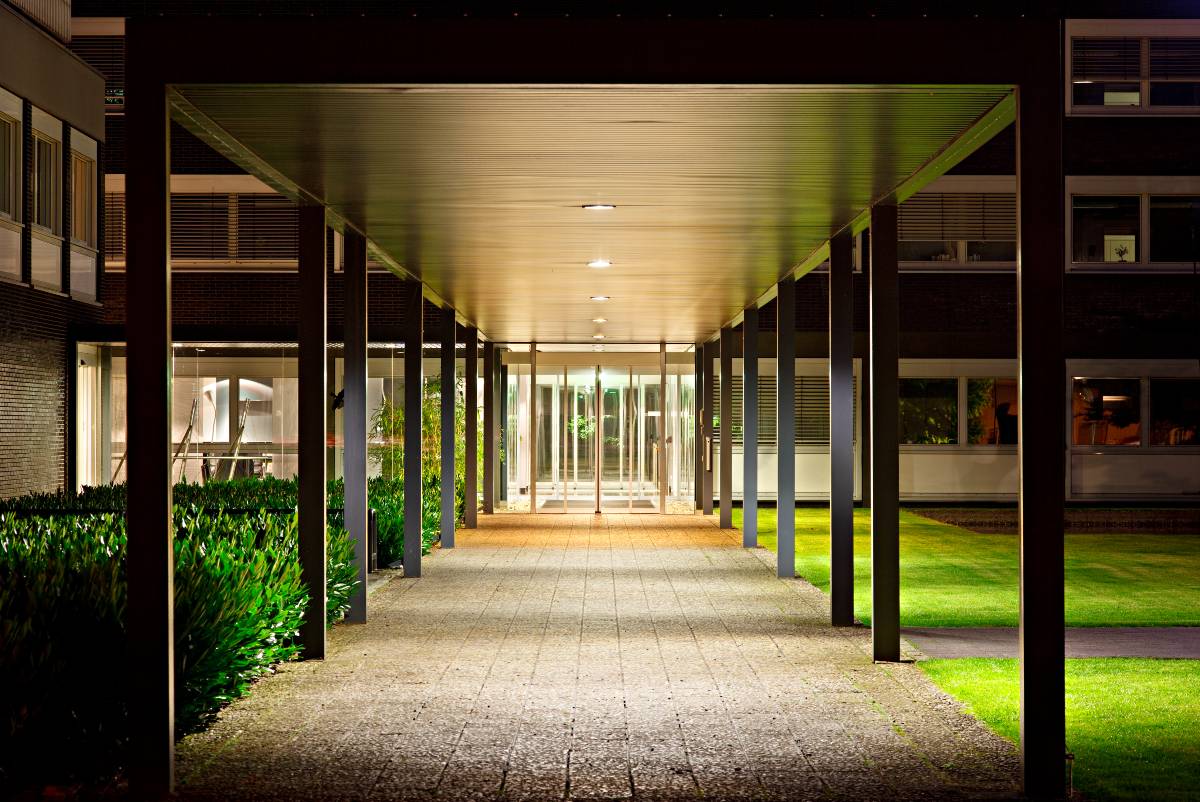
Evaluating Green Roofs for Commercial Buildings
The positives clearly abound but how can you accurately evaluate feasibility and ROI for your own commercial property? Start by asking these questions:
Is the infrastructure load bearing?
Engineers must first assess if the roof can structurally support the additional green roof components without reinforcing. Typical additions range from 10-25 lbs/sq.ft for extensive setups and 80-150 lbs/sq.ft for intensive landscapes.
What are the upfront installation and lifecycle maintenance costs?
[[Table Comparing Installation and Maintenance Costs Across Green Roof Types]] While intensive green roofs entail higher upfront and continual expenses, they enhance rental income, property value, and usable rooftop square footage much more notably.
What climate hardiness zone is your building located in?
This dictates suitable vegetation types and expected costs/benefits towards energy savings and stormwater capture. For hot southern zones, the cooling effect will be more pronounced for instance.
What tax incentives, stormwater credits or grants are available?
Many local governments and green building councils provide financial subsidies to spur adoption due to the public infrastructure advantages.
How quantifiable are the benefits for my property?
Consulting an architect well-versed in modeling energy cost reductions, stormwater savings and other metrics for your exact building helps assess payback period and Return on Investment.
FAQs
How expensive are commercial green roofs to install and maintain?
Costs range considerably based on factors like desired soil depths, drainage needs, accessibility and local climate. Extensive green roofs typically cost $15-$25 per Sq.Ft to install while Intensive systems run from $25-$60 per Sq.Ft. Annual maintenance fees range from $.75-$1.50 per Sq.Ft for extensive green roofs and $4.00-$6.00 for intensive setups.
What are some ideal plants for rooftop conditions?
Sedums, herbaceous plants, and certain grasses that thrive in high heat, drought, and shallow soil environments suit most commercial green roofs. Some of the commonly used options are Allium schoenoprasum, Talinum calycinum, Delosperma nubigenum, and Poa compressa.
Will a green roof lead to moisture and leaking problems?
Properly engineered green roof systems incorporate sophisticated waterproofing barriers and drainage mechanisms that route excess water safely away from critical junctures. Routine maintenance checks further reduce leakage risks during the roof’s lengthy lifespan.
How long do commercial green roofs last?
High quality green roof systems have an average lifespan of 40-60 years largely due to the plant layers shielding waterproofing membranes from temperature swings and UV radiation. This compares extremely favorably to 15-30 year lifespans for conventional commercial rooftops.
Can green roofs be incorporated into existing commercial buildings or are they primarily for new constructions?
In most cases, green roofs can be added to current commercial buildings as retrofit projects. A structural analysis would need to be performed upfront by a qualified engineer to ensure the load-bearing capabilities of your roof can support sections covered by green roof components.
Conclusion
For owners of commercial buildings already oriented toward sustainability from HVAC systems to construction materials, green roofs align seamlessly with both ethics and economic optimization.
They mark the next critical phase of climate-adaptive real estate. With appropriate planning and professional guidance, they deliver multifaceted rewards further elevating your property’s prestige and protecting its future.
Reach out now if interested in determining the feasibility and ROI for transitioning your commercial building into a legitimately green-certified asset equipped to satisfy evolving regulatory requirements.
